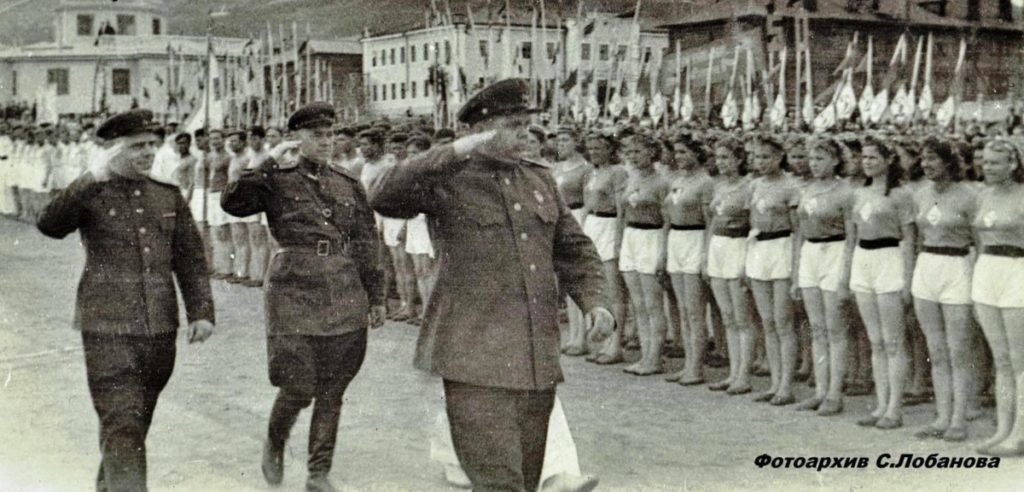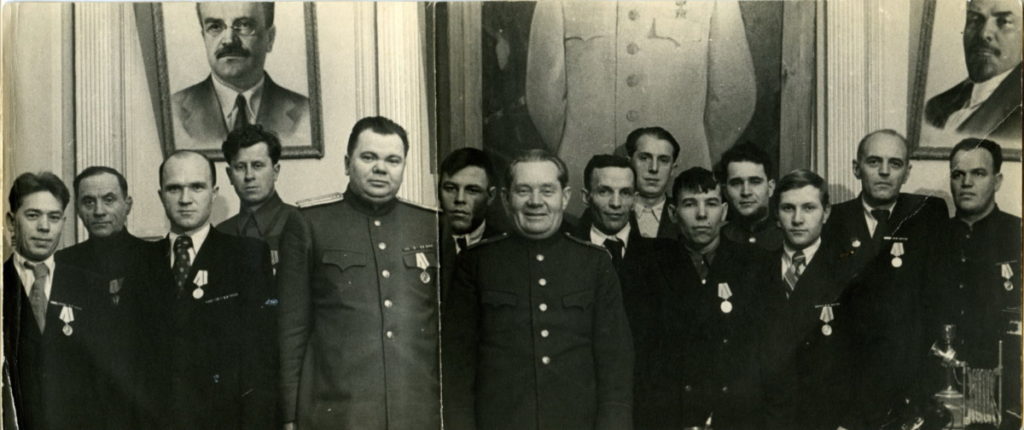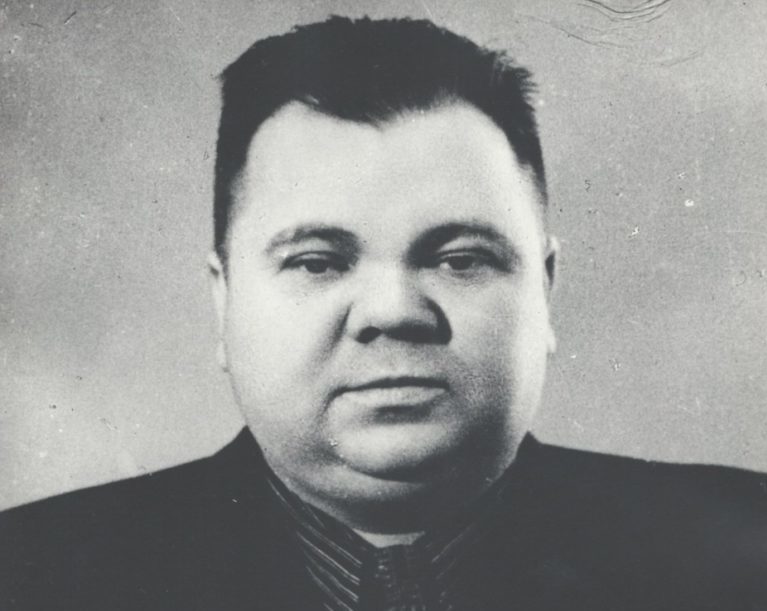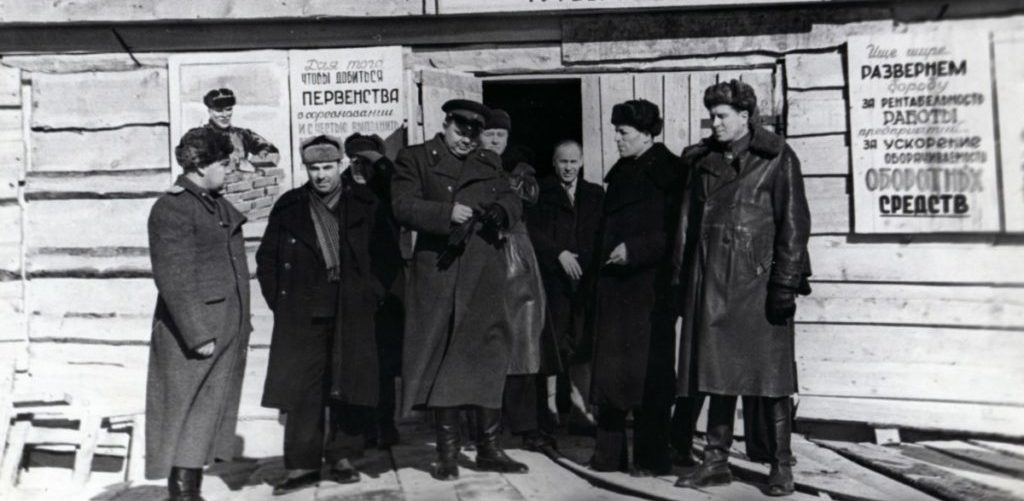#ARCTIC. #SIBERIA. THIS IS TAIMYR. In 1936 he graduated from the North Caucasian Institute of Non-ferrous Metals and worked in senior positions at Balkhash and Dzhezkazgan combines.
He came to the northern city as the Combines’s construction and its head Avraamy Zavenyagin’s supervisor in 1940. Zavenyagin offered a competent engineer to stay in Norilsk. And soon Zverev returned to Norilsk and became the Construction plant’s chief engineer. In 1948 he became the Norilsk Combine’s head. In 1954 Zverev left Norilsk.
Contemporaries spoke about Zverev ambiguously: he was cool, rude, self-willed. At the same time he was incredibly hard-working, ambitious and talented as an engineer. His stubbornness, perseverance and determination were brought to an extreme degree.
Large concentrating factory and Copper plant were built under his leadership. Under Zverev the Norilsk Combine has mastered a new kind of production: technical selenium, and at the Big metallurgical (nickel) plant began to operate a converter matte separation workshop.
During Zverev’s time, for the first time, social factors were taken into account in the enterprises’ construction. Together with the industrial objects were built adjacent sports grounds, clubs and so on. On his initiative a child’s issue was included in the Combine’s social policy: he organized a centralized school uniforms’ sewing for plant workers’ children, felt boots and coats’ purchase, tables and children’s corners’ equipment’s production.
Once a group of academics shared memories about the first stages of their education: gymnasium, home teachers, commercial school, lyceum in Switzerland… Vladimir’s turn came up, and he said:
I have no secondary education at all. Thanks God, at least I got the highest.
It turned out that Zverev haven’t finished school because he had been working as a child. Therefore, when he decided to enter the university, he had to study the school program on his own. As a result he graduated with honors.
In the History Spot photo project previous publication, we told that over a dozen of minerals were named after Norilsk geologists.
Follow us on Telegram, VKontakte.
Text: Svetlana Ferapontova, Photo: Nornickel Polar Division archive









